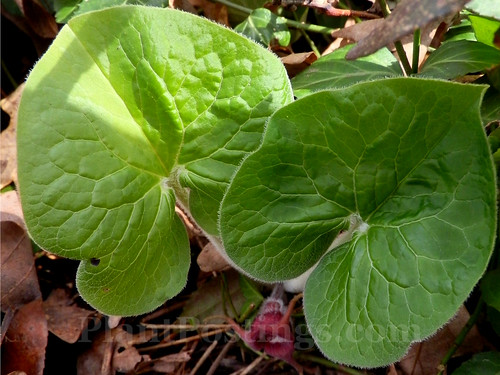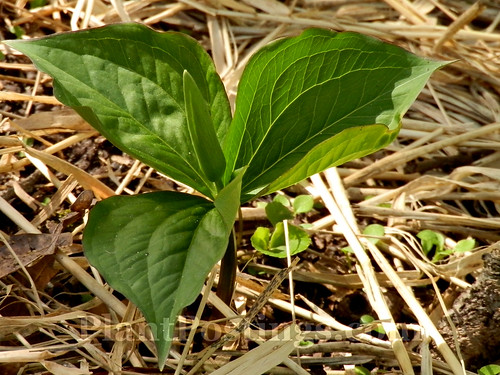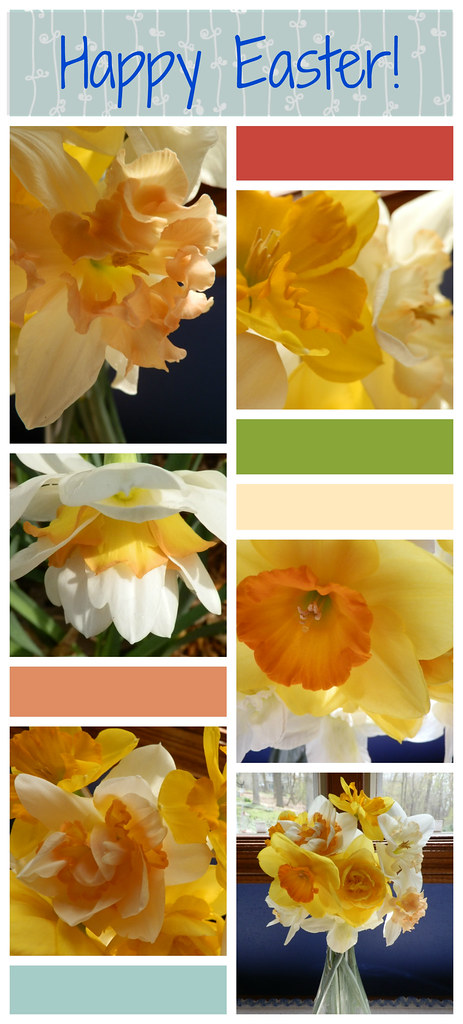
How can I do justice to one of the most unique botanical gardens in the world in a simple blog post?
I can't. So I'll simply share a little introductory information, and a few photos.
To truly appreciate the
Cosmovitral in Toluca, Mexico, you must see it. If you're ever in the Mexico City area for business or vacation, Toluca might be worth a side trip or a day trip--it's about 39 miles west-southwest of Mexico City.

The Cosmovitral is a stained glass mural showcase and botanical garden. The original Art Nouveau building housed "16 de Septiembre Market"--constructed in the early 20th century and opened to celebrate the centennial of Mexico's independence.
In 1975, when the market was relocated, Toluca's first female mayor worked to transform the building into a space for art. The notable local artisan, Leopoldo Flores had the vision and led the construction of the stained glass murals. His theme: the
universal dualities and antagonisms--struggles between life and death, good and evil, day and night, and creation and destruction.
The converted Cosmovitral art and botanical garden opened to the public in 1980. The place is rich in detail and history, but most of all, it offers visual eye-candy--unique in all the world, especially for plant-lovers and stained glass art enthusiasts.

Hombre Sol (The Sun Man) is the main focus of the work. The image represents mankind in harmony with the forces of creation, virtue, art, science, truth, beauty, wisdom, and other qualities. Hombre Sol greets visitors at the entryway.
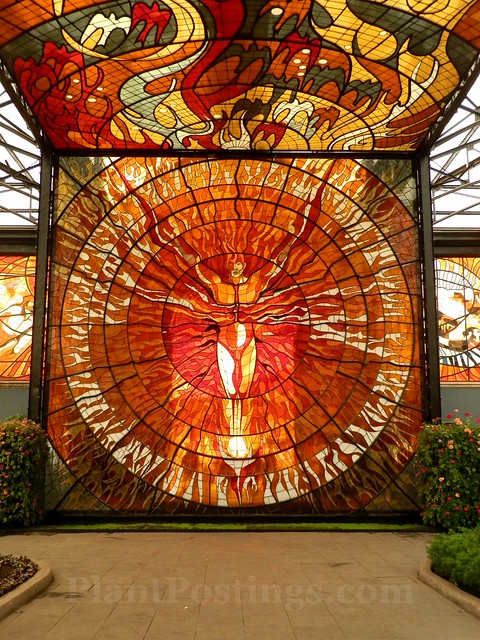
When you're inside looking out, you get the dramatic fiery effect. Each year at the spring equinox, the sun aligns with this panel, and the community gathers to view it and to celebrate with classical music.
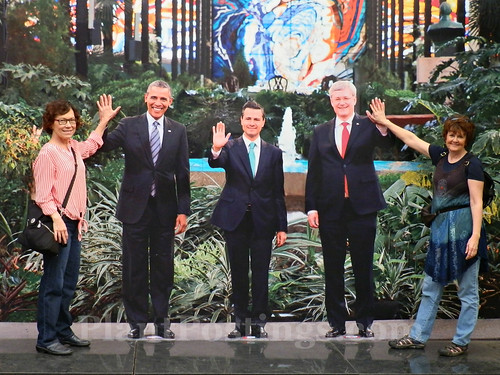
When the three leaders of North America (U.S. Pres. Barack Obama, Mexican Pres. Pena Nieto, and Canadian Prime Minister Stephen Harper) met in Toluca in 2014, they toured the Cosmovitral. A life-size poster commemorates the meeting.

The Septiembre Market was officially inaugurated in 1933.

Simple wrought iron structures remain, including classical window treatments.

Overlaid are the newer stained glass panels. This is one of my favorites--celebrating birds of prey. It's one of the simpler designs, but something about it speaks to me.

The more complex designs and their interplay with the plants are magical, too.
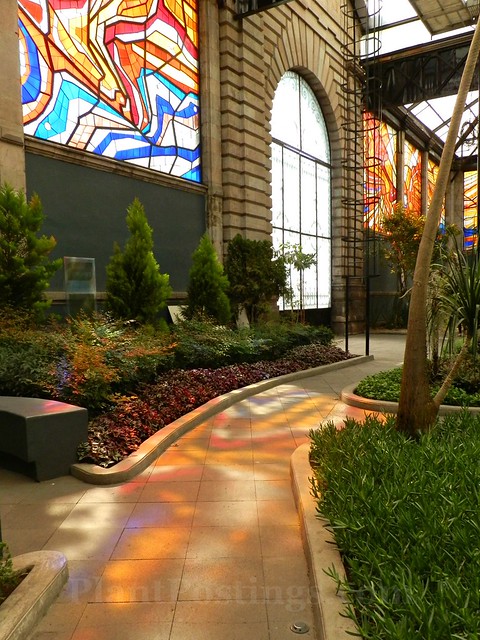
At certain points of day and in various seasons, light reflects magically onto the walkways and the plants.
 |
| Anthurium andraeanum |
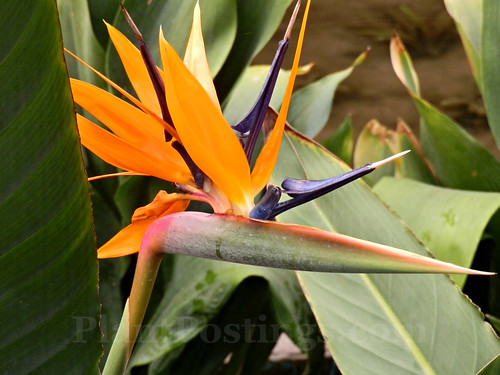 |
| Strelitzia reginae |
 |
| Asparagus densiflorus |
So many incredible plants to see, but they're almost overshadowed by the stained glass.

The ponds and all the life within therm are visually stunning in themselves, but again, your eye is drawn to the stained glass.

This simple bridge is strategically placed for dramatic effect with the stained glass and the surroundings.

Row of herbs offer educational information on each species.

Hard to describe the section filled with succulents. It's very geometrical, but not unpleasant.

This rock wall filled with mosses and moisture-loving plants is pretty special.

A Japanese garden tower: I know there's a story to this one, but I couldn't find it in my notes.

What a great setting for a quinceanera photo shoot!

Several plaques in the back share comments from historical figures about the Cosmovitral. I couldn't make out the one on the left, but the one on the right is the words of Jorge Jimenez Cantu, governor of the state of Mexico from 1975 to 1981. Roughly translated:
The genius, the fantasy, the technician
and the depth of emotion, are a small fiesta in Cosmovitral ...
Beyond that, my translation didn't make sense, but you get the idea.
Now I leave you with a wordless tour, including a few more scenes. Each glass panel has its own story and symbolism, and the plants sing in unison.

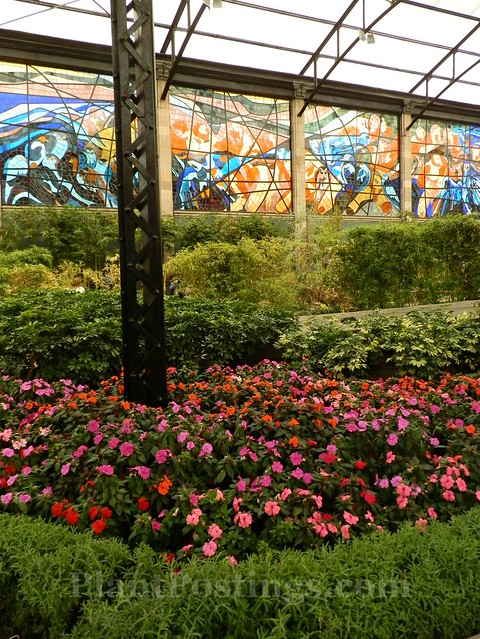













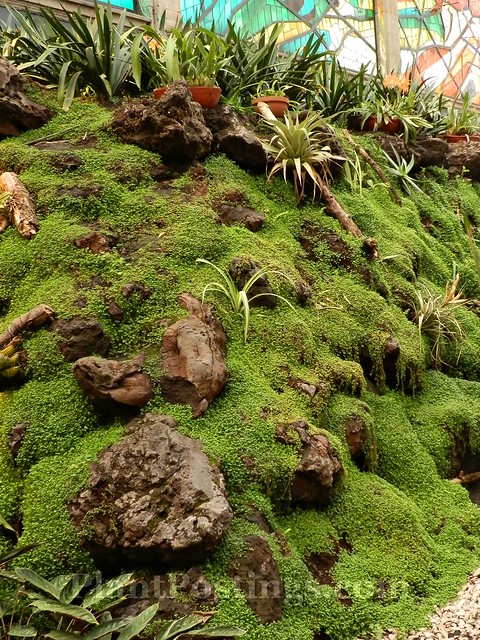
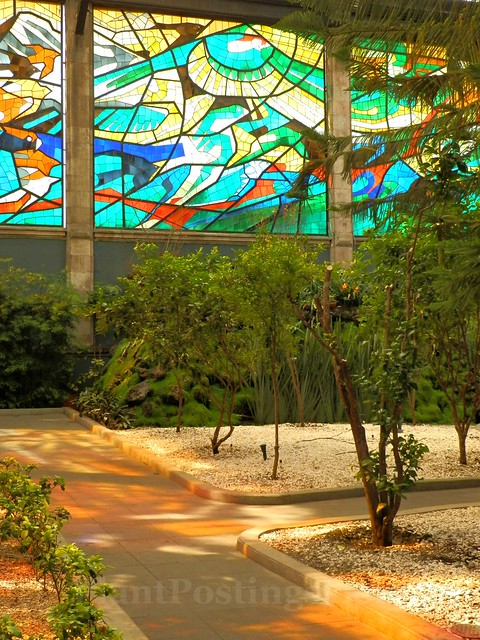





I hope you enjoyed the tour!










